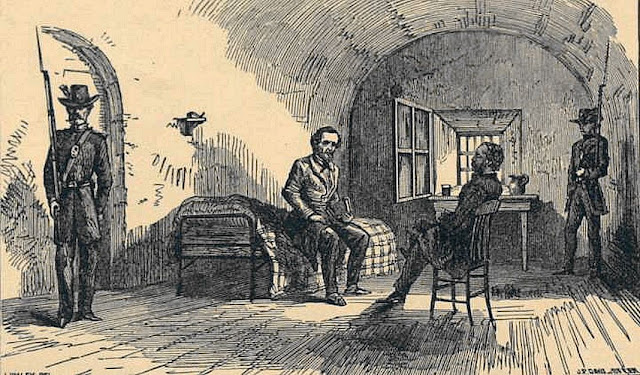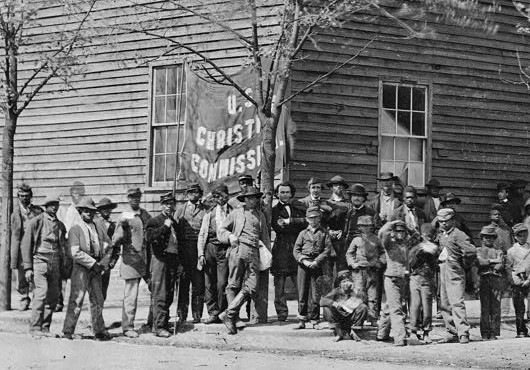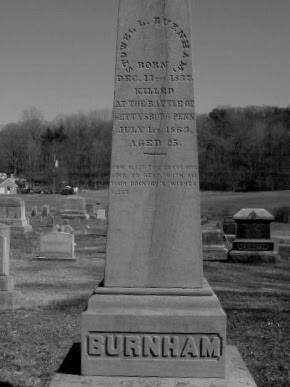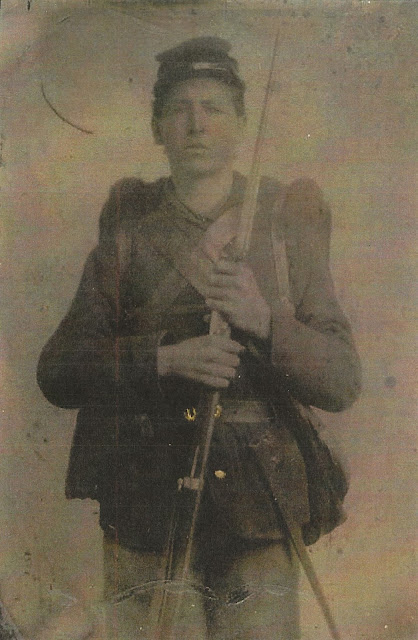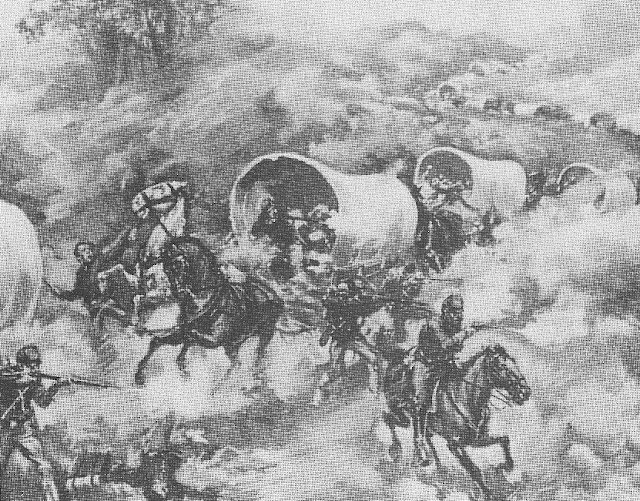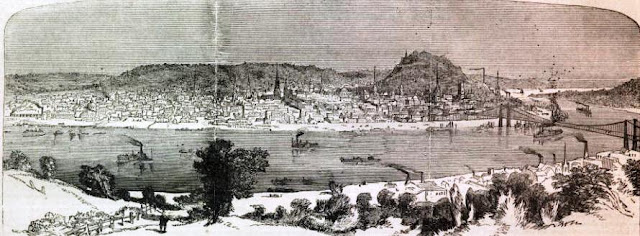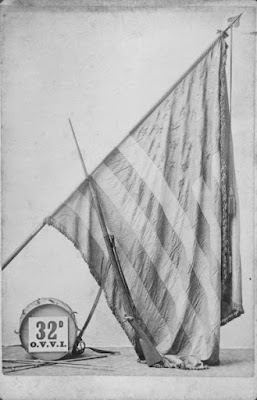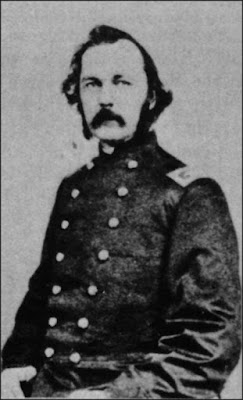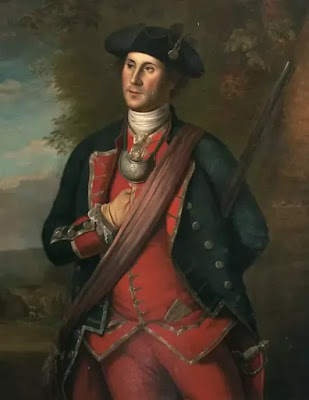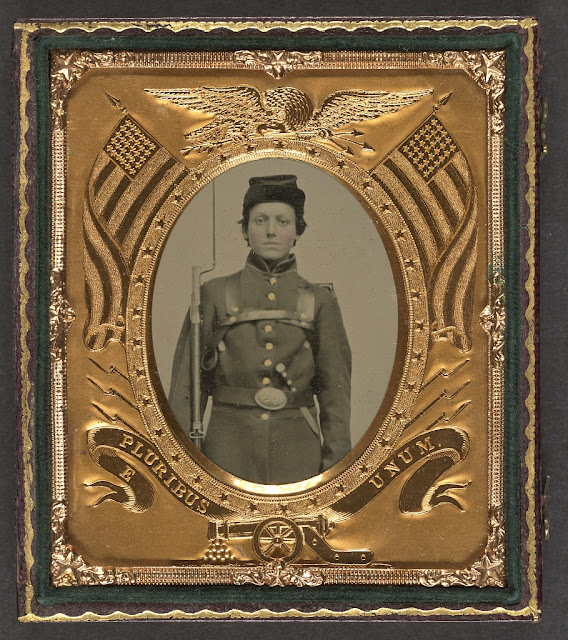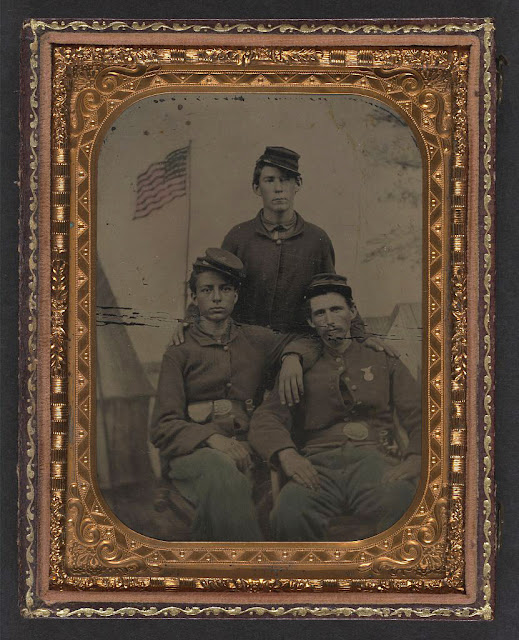A Dutchman at Belmont
The Battle of Belmont, Missouri is perhaps best remembered as being General Ulysses S. Grant’s first battle in the Civil War, a battle devoid of strategic intention, an engagement which stemmed from Grant’s desire “to do something” against the growing Confederate presence in Columbus, Kentucky. “I did not see how I could maintain discipline or retain the confidence of my command if we should return to Cairo without an effort to do something,” he recalled in his Memoirs . Gathering a force totaling a little over 3,000 men and escorted by a pair of gunboats, Grant set out from Cairo aboard steamboats intending to give the Rebs a sharp rap on the nose. The general had received intelligence that indicated that the Confederates had crossed a small force over the Mississippi from Columbus to Belmont, Missouri. Grant’s idea was to swoop down on this Confederate detachment, rough it up, tear up its camps, then high tail it back to the steamboats before the larger Confederate force at Colu
